
Kelly Rose
Editor

Kelly Rose
Editor
As buildings start to open up again, organisations must revisit what is in place to ensure they still have the personnel, systems and equipment needed to be compliant. In this article, Alison Hayward talks through what that means and how it can be achieved.
WITH THEATRES, museums, shops and other public buildings closed for much of the past year, employees being encouraged to work from home and restrictions imposed on crowds gathering, the issue of how to evacuate people in the event of an emergency hasn’t seemed especially relevant to many organisations.
As buildings start to open up again, organisations must revisit what is in place to ensure they still have the personnel, systems and equipment needed to be compliant.
What’s needed – the legal requirement
Under fire safety legislation, namely the Regulatory Reform (Fire Safety) Order 2005 (England and Wales) the Fire Safety (Scotland) Regulations 2006 and the Fire Safety Regulations (Northern Ireland) 2010, commercial buildings, non-domestic and multi-occupancy premises must appoint a ‘responsible person’ who is required to ensure the safe evacuation of the premises in the event of danger or an emergency.
This person must undertake a ‘serious and sufficient’ fire risk assessment and be able to demonstrate that they can evacuate all persons without the assistance of an external service, for example, the fire or ambulance service.
The regulations apply to premises big and small, regardless of the number of people involved. And it isn’t just a fire-related event that may require an evacuation. Floods, terrorist activity and building faults are all situations where a building may need to be emptied fast. Under the Disability Discrimination Act 1995 and the Equality Act 2010, a safe evacuation plan must be provided for disabled people, or those with reduced mobility, too. This includes able-bodied people with temporary changes in mobility, for example, a broken ankle or leg, or anything that might prevent them from evacuating quickly and safely, such as pregnancy or breathing difficulties.
In the UK today, 7.6 million people between the ages of 16 and 64 have some form of disability, equating to approximately 1 in 8 people. This makes it highly likely that, in the event of an emergency, someone in the building will require additional assistance.
The evacuation plan
It’s vital to have a robust plan in place that covers all elements of the evacuation, including the routes, methods, communication and processes, as well as the people involved and their roles.
The latter point is particularly important given that, according to comparethemarket.com, 54% of people in the UK wouldn’t know what to do in the event of a fire. Giving people the confidence to act in these situations cannot be emphasised enough.
Staff members should be fully trained in the evacuation procedures, routes and the use of any relevant emergency evacuation equipment.
Review the equipment
Equipment in this case traditionally means evacuation chairs, also known as emergency chairs. These are specially-designed chairs with tracks that attach to the stairs to create friction, slowing down the descent and allowing for a controlled journey. Once a person reaches ground level the chair can be used as a wheelchair to aid further evacuation.
They are generally designed to be used by a single person, although in reality extra operatives are often required, especially if a heavier person is being evacuated or there are multiple flights of stairs to be negotiated. Despite this, they are a well-used and accepted way of evacuating individuals - but they do have some disadvantages.
Getting a person into the chair can be difficult, especially with certain conditions or if the individual is immobile. In that situation, they would need to be lifted into the chair, and that can cause problems in itself.
Not only is it undignified to have someone pulling at your clothes and limbs to move you, but this manual handling is also a risk for the people doing the evacuating. The Health and Safety at Work Act states that an employer has a duty of care to ensure staff are not injured in the process of carrying out their job. The emergency evacuation equipment provided should therefore reduce the risk of injury to both the person being evacuated and the person/persons doing the evacuating. If there’s lifting involved, it’s not doing this.
Slide, don’t lift
Sliding a person is much easier, not to mention safer, and our EvacPAD has been designed with this in mind. A robust, padded evacuation device with a hard, durable plastic base, it slides easily over most floor surfaces, including up and down stairs. Because it’s low to the ground, individuals can easily place themselves onto the mat or, if they are immobile or unconscious, be rolled into position, reducing the risk of manual handling injury.
Soft-touch, high visibility pull handles at each end provide manoeuvrability and are easily seen in smoky or low light environments. The securing cross straps are colour-coded for ease and speed of fitting and have adjustable, ergonomically-shaped plastic buckles for patient comfort. A large foot pocket keeps the feet in place and there is the option to add a thermal blanket for additional warmth and protection. And because of the straightforward design, one size fits all, from a small child to a large adult, with any physical disabilities easily accommodated.
It’s very simple, quick and easy to use – but incredibly effective. And the simplicity means virtually anyone can use it.
Easy to use and intuitive
In these times of remote working and changing office culture, when training days are difficult to co-ordinate and implement, companies are seeing that as a big plus.
One of the things we come across, again and again is skills decay. If you’re not using something regularly, you forget how to and lose confidence, especially with a large and potentially daunting pieces of equipment.
Another issue with more complicated equipment can be sharing the relevant information internally.
Reprioritise training
Indeed, there is a worry that post-pandemic, businesses have so many other regulations to deal with that emergency evacuations and risk assessments will have slipped down the priority list.
It’s not hard to see how this happens. In the last year, organisations have been through some significant changes. Staff with responsibility for fire safety may have left or have been furloughed. Some firms may have grown rapidly and have more people requiring evacuation, or additional staff members with specific needs. Others suffered financially and need to make cut backs. COVID-safety regulations may even have introduced issues, such as new screens obstructing access routes or changing working patterns resulting in a lack of trained staff with the right knowledge on each shift.
Under these circumstances, retaining continuity in terms of responsibility and passing on relevant information to the rest of the team has been difficult, especially when people aren’t meeting face-to-face.
Recent research backs that up. In a survey by commercial specialist JLA, almost half (49%) of respondents admitted that they do not train all staff on fire safety, while 12% do not offer any form of fire safety training to employees at all.
But in an emergency situation, delays caused by poor training or communication could be the difference between life and death. So not only are these figures concerning, they also go a long way to explaining the move towards easy-to-use products such as the EvacPAD.
Reducing costs
Another reason for the increase in popularity is the cost savings to be made. A single EvacPad is around 75% cheaper than an evacuation chair and comes without the need for an annual maintenance contract, saving thousands of pounds year on year. In buildings where multiple evacuation aids are required, on multiple floors, this adds up to a significant saving.
Fit for purpose
This legislation isn’t new and the fact is that in order to be compliant organisations should already have a ‘responsible person’ in place, an up-to-date risk assessment and regular training with staff. However, while planning is vital, in reality strategy is only part of the picture. The evacuation equipment must be fit for purpose if it is to be effective. If it’s readily accessible and simple to operate it is more likely to be used properly – and at the end of the day, that could save a life.
Alison Hayward is director at 3ET. For more information, visit www.3et.co.uk
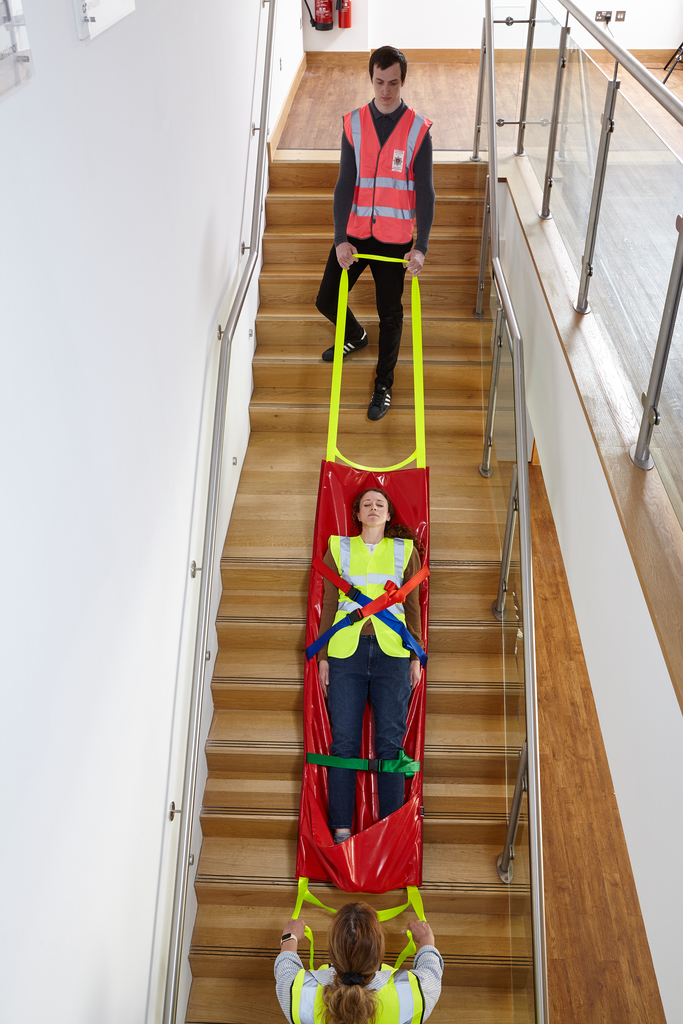
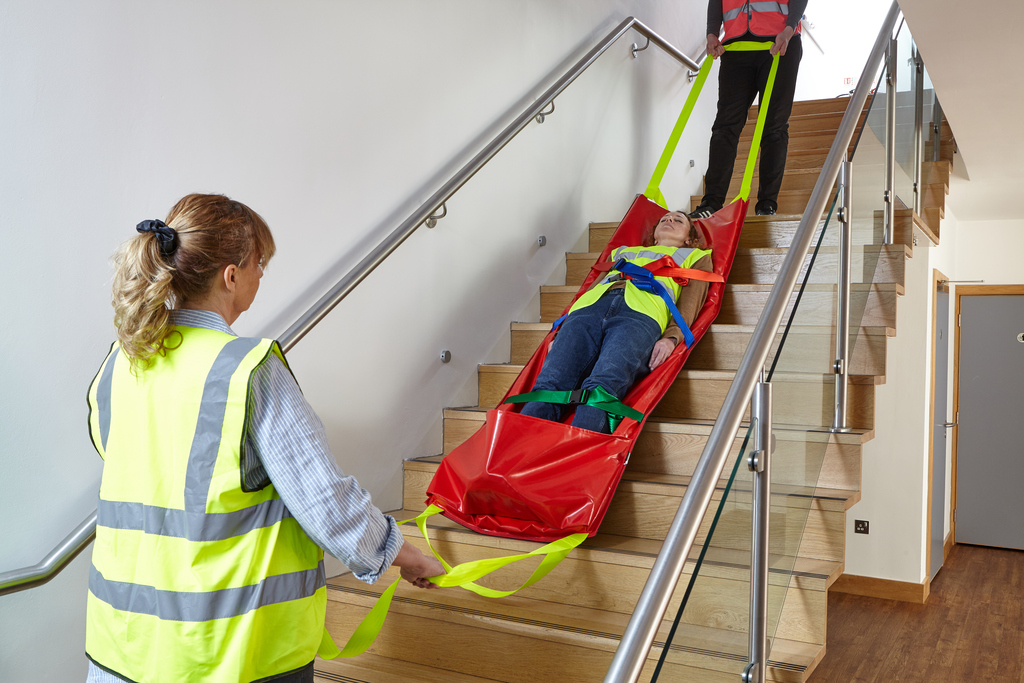
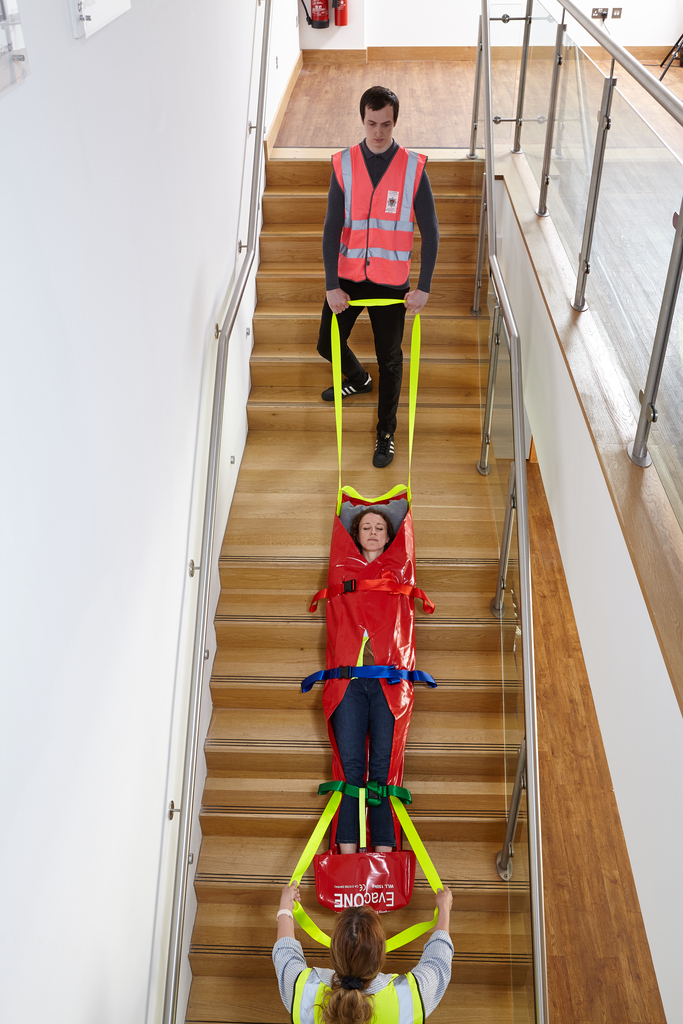
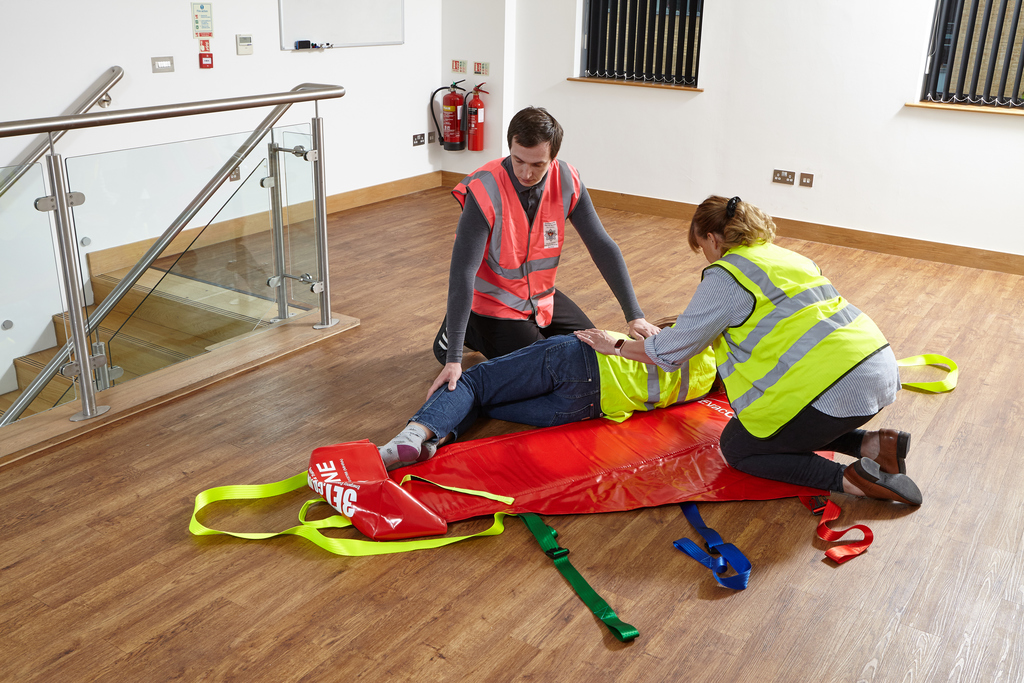
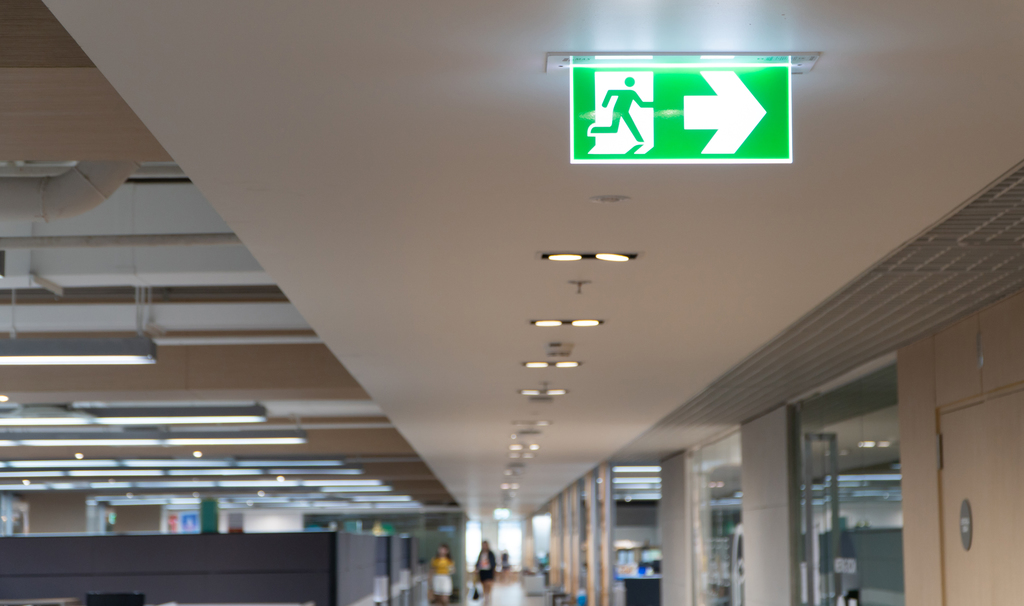
3ET - Emergency Evacuation Equipment And Training
4 Luke Jackson Way
Stanton Under Barton
Markfield
LE67 9DA
UNITED KINGDOM
01164362536